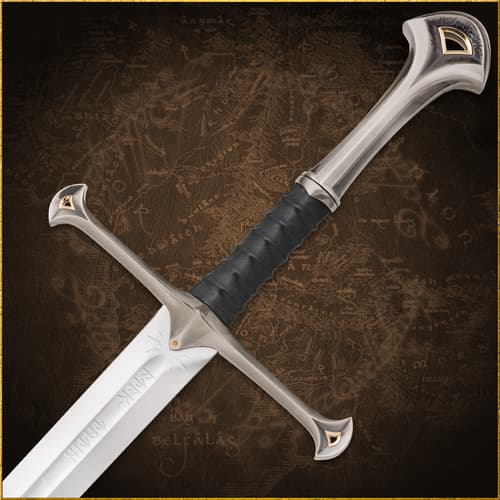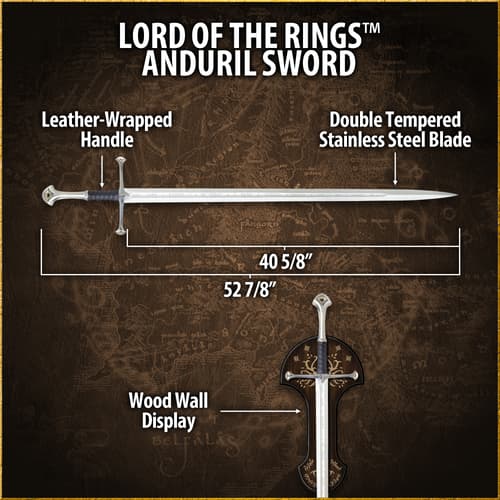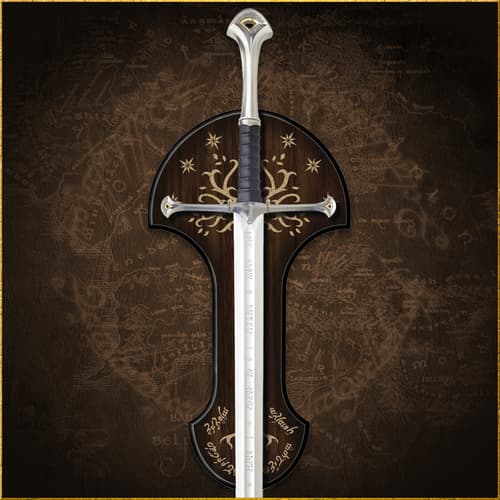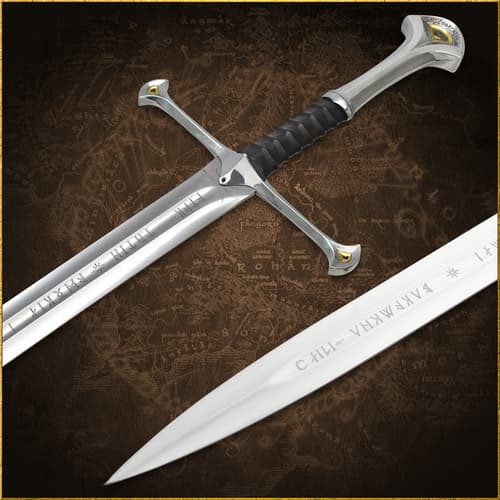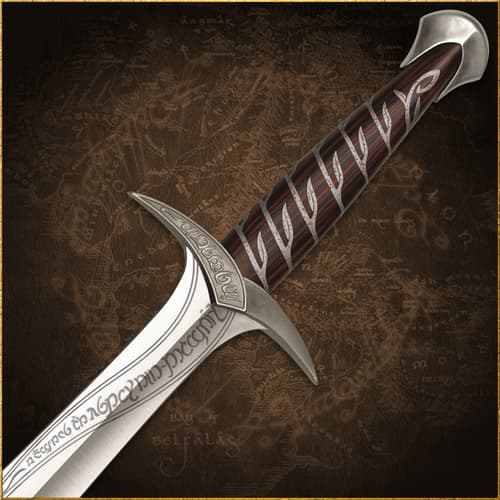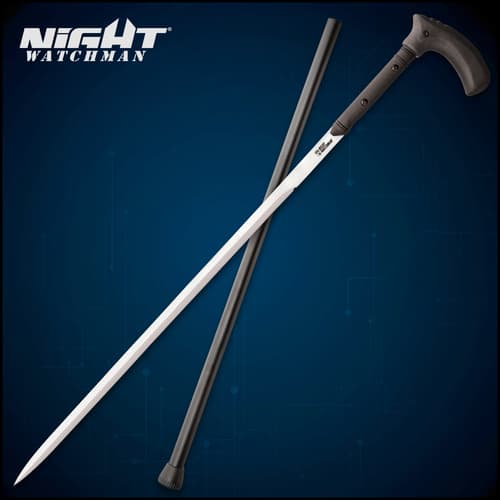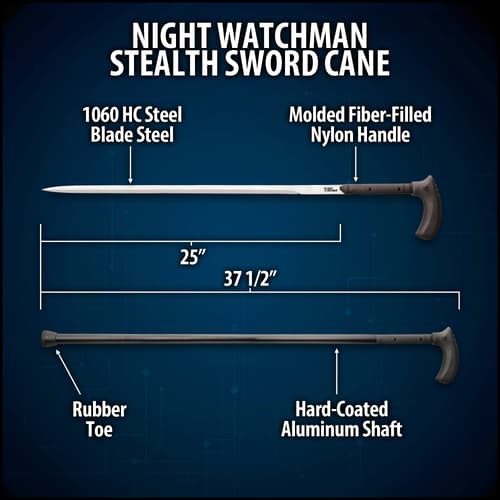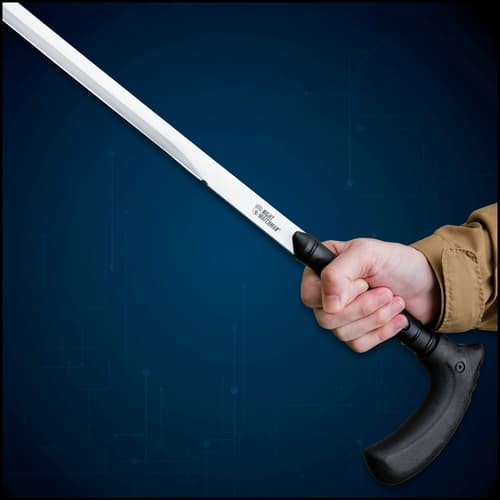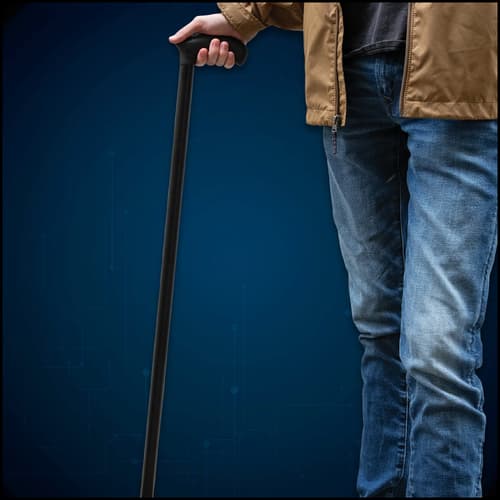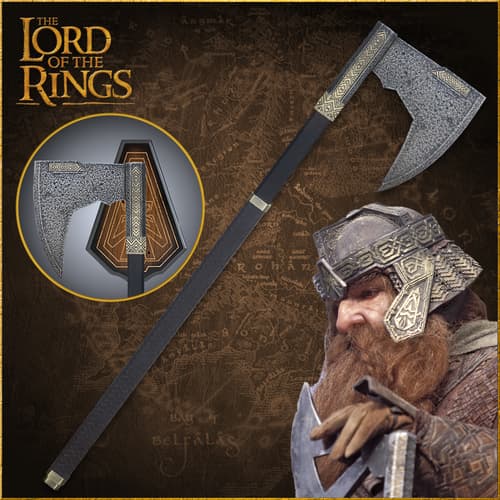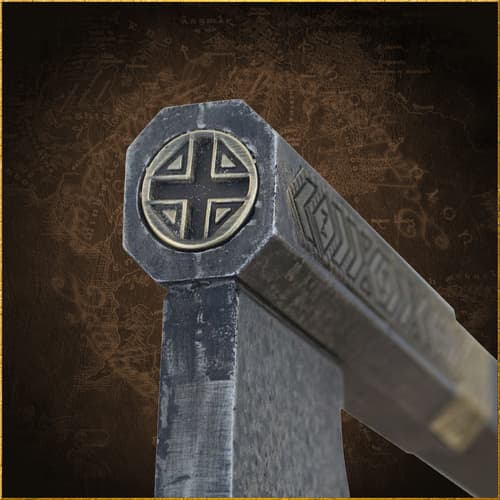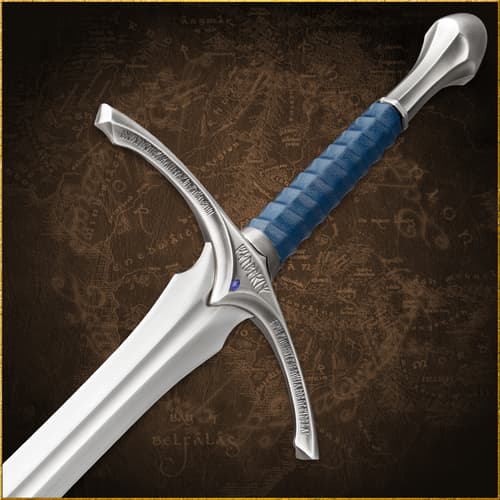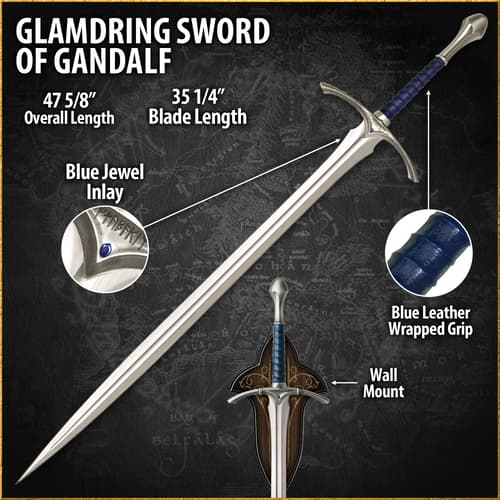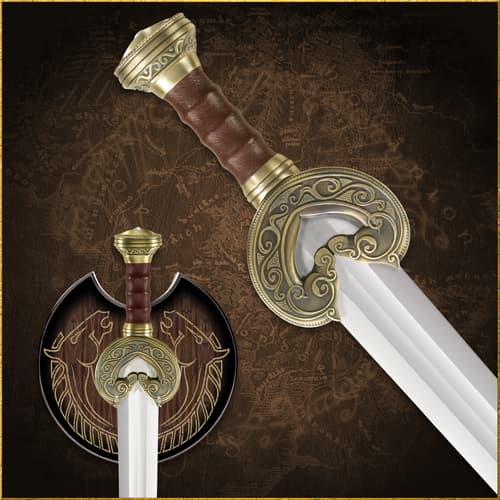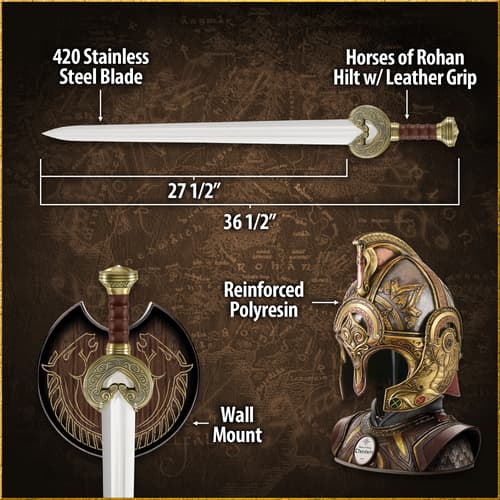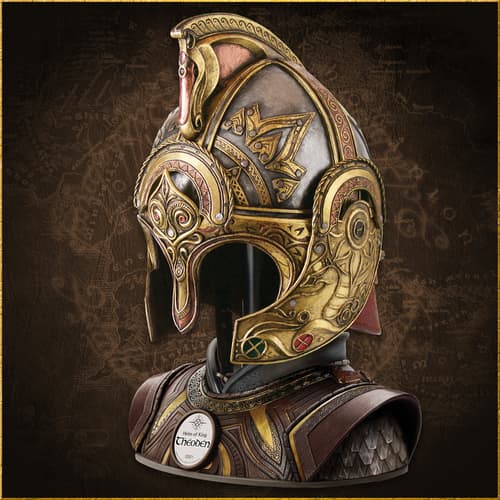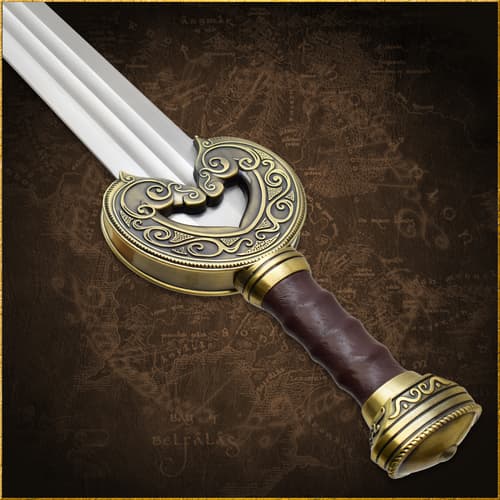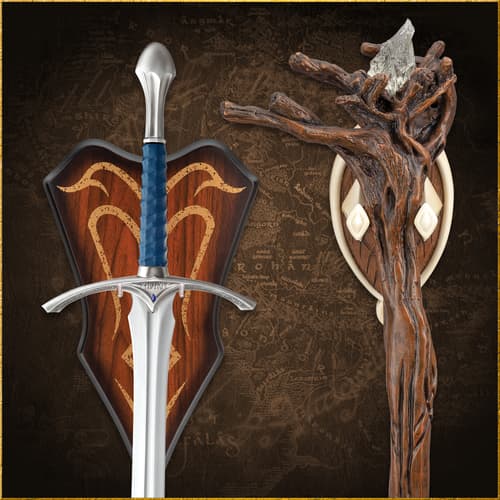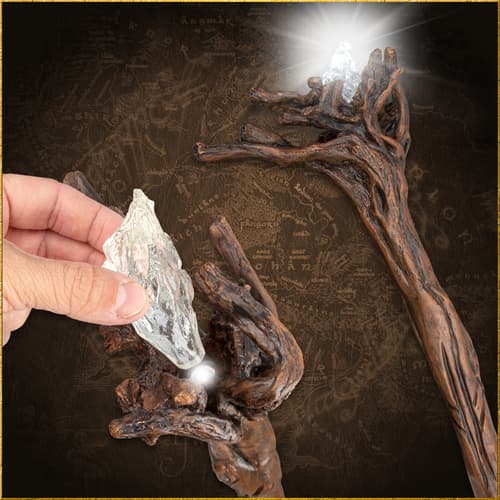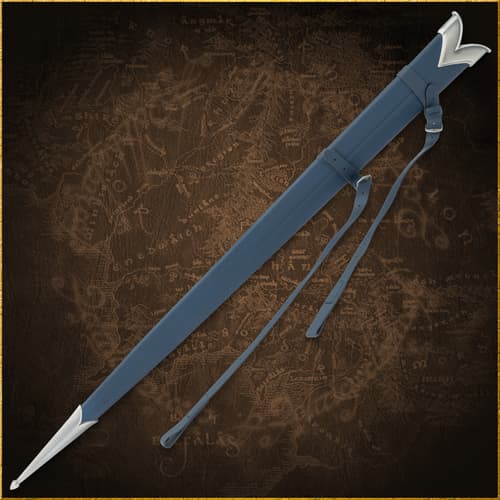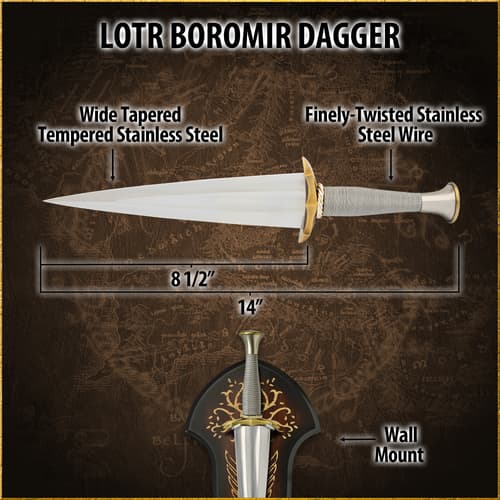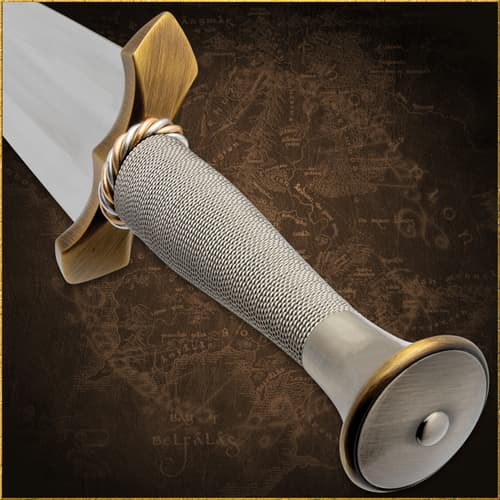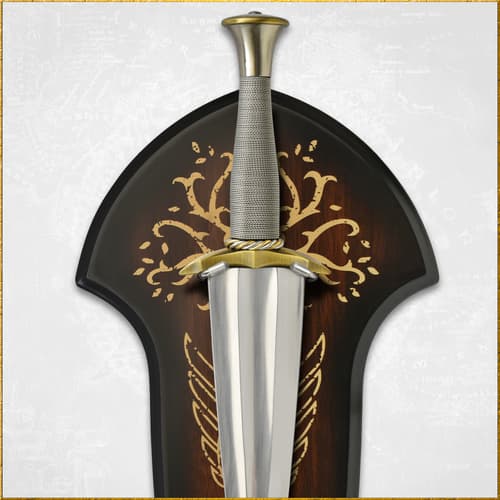Expert Tips for Replica Blade Sword Ownership
Expert Tips for Replica Blade Sword Ownership


Responsible ownership and proper care of a replica blade sword is not rocket science. Anyone can do it, but despite the simplicity, omitting proper care is a quick ticket to a ruined sword and a lost investment. With that said, here are some expert tips for how to care for your sword, both what to do and what not to do, from people who have spent a lot of time handling swords.
Don’t Store It in the Scabbard
Your beautiful replica blade sword might well come with an equally beautiful leather scabbard with matching chape and throat in brass or nickel, to match the other hardware of the sword. Or if you have a Japanese sword like a katana it might have come with a saya that was beautifully lacquered and decorated. But guess what: don’t store your sword in it, especially if it is a battle ready sword that is made with an alloy in the 10XX series, or is otherwise not known for corrosion resistance. Attractive as your scabbard might be, it will also trap moisture near the blade, and anything else that’s on the blade, and more often than not, that is not good news. Keeping your sword in the scabbard, especially if it is a wood or leather scabbard, is likely to accelerate rust and corrosion. The last thing you want to do is store your sword sheathed, only to draw it in a few months to show it off to company and discover the whole blade is pockmarked with blooms of rust. Play it safe, display the sword with the blade naked (assuming it is of course safe to do so)
Touch the Edge Up Periodically
If you have a battle ready sword with a live edge, and you use it for cutting practice, make sure you periodically sharpen the edge on a stone or a wheel. If you don’t not only will the edge get dull, but it might get dull to the point that you won’t realistically be able to restore it on your own. After cutting practice, there will be small dings and rolls in your edge that need to be ground out and the edge restored. If you let them go long enough, pretty soon you’ll be swinging a sword that’s as dull as a butter knife. Worse, all those microserrations in the blade, especially if there are chips or gouges, can serve as stress risers, and if you don’t remove them, they can result in a larger crack, and in some extreme cases, the blade might even snap or shatter. So do the wise thing, and after you use your sword for cutting practice, restore the edge, every time.


Remove Rust and Corrosion As Soon As You See Them
A little bit of rust on your sword might be ugly and unpleasant, but it isn’t going to ruin it. Rust is much less dense than iron and steel and only a little bit of steel produces a lot of rust. The point is, you can chemically or physically remove most rust blooms with no damage to the blade, and once removed, you likely wouldn’t even be able to tell that there was rust there in the first place. There are two effective ways to do this: you can either use an oil or a chemical rust remover and a clean cloth to remove light rust stains, or a slightly more abrasive cloth or cleaner to do so - but tread lightly with these latter options. Either way, what you can’t do is let rust stay on there, because it will spread. Remove it as soon as you detect it.
Keep It Clean and Lightly Oiled
As important as it is to know how to remove rust where you detect it, it’s actually easier and far preferable to prevent rust in the first place. That starts with a clean blade that has been properly treated to seal it off against air, and the moisture it contains, which is what causes rust in the first place. After you handle or use your sword, always clean it thoroughly, dry the blade, and apply a little bit of oil to completely coat the blade and other exposed hardware. Do this every time you handle or use the sword.
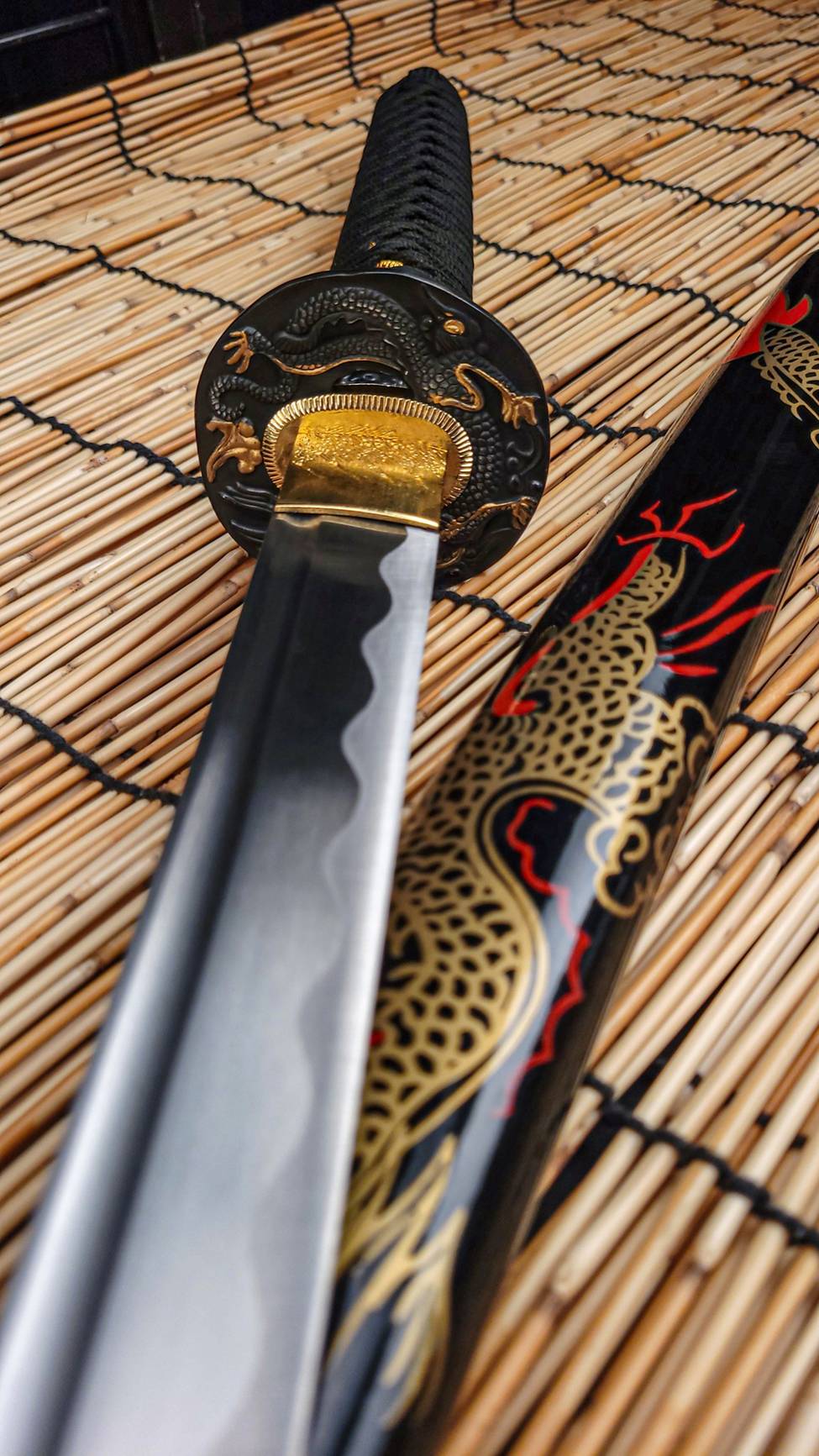

Don’t Touch the Blade
Regardless of whether you have a battle ready sword made with an alloy that isn’t stainless, or you do actually have a wallhanger with a stainless steel blade, you shouldn’t touch it. It should be obvious why you shouldn’t touch the blade if it is not a stainless alloy. There are oils in your skin, as well as moisture and salts that exacerbate and accelerate corrosion. Touch the blade and you will be basically depositing “rust accelerant” on the steel. The simple solution is not to touch the steel. The other reason, which applies universally, is that your fingerprints will smudge the blade and leave unsightly marks that will counterproduce the aesthetics of the finish. This will be most noticeable on blades with a mirror finish, but just follow the easy maxim of not touching the blade in the first place.
Don’t Use Any Sword That Isn’t Battle Ready for Live Practice
Lastly - and this is important - never use any sword that isn’t battle ready for live cutting practice, or for any practice, actually. Using it for live cutting practice can be extremely dangerous, as striking the blade can cause it to bend, chip, snap, or shatter, sending dangerous shards of steel all over. But, you shouldn’t even swing a sword that isn’t battle ready, even if you don’t strike it against anything. This is because just the mere force of swinging the blade can cause it to bend or break at the hilt, which can be equally dangerous. Point is, if it’s a wallhanger, leave it on the wall. Leave the real use and practice to battle ready swords only.
Here for a New Replica Blade Sword?
Interested in a new replica blade sword for your collection? Take a look at what we carry here and if you have any questions before you buy, get in touch with us. After you get a new one, though, remember the tips you read here, and follow them.

